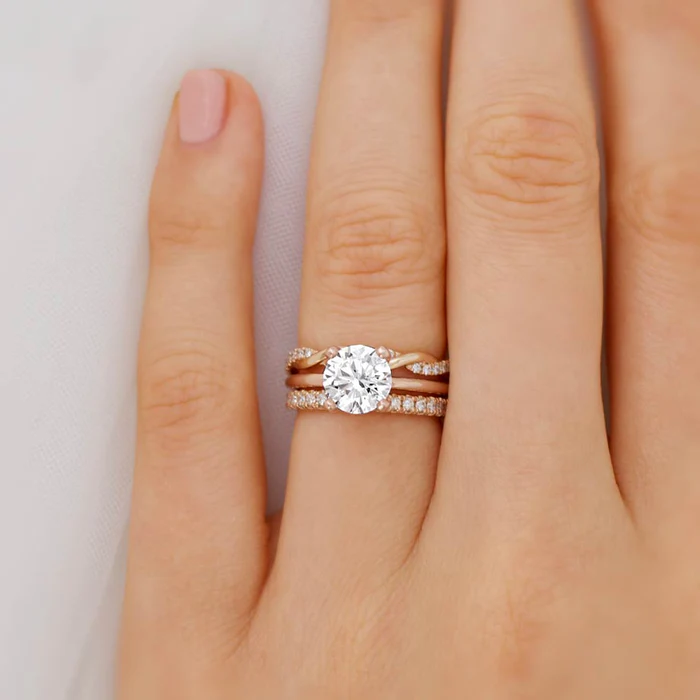
Alexandrite Jewelry in Art History: A Visual Journey takes us through the fascinating evolution of this rare gemstone, known for its captivating color-changing properties. From its discovery in the early 19th century to its status as a luxurious stone in contemporary designs, alexandrite has enchanted jewelers and collectors alike. In recent years, alexandrite has even made its way into popular designs for engagement rings UK, combining its beauty with the promise of a lasting commitment. This article explores how alexandrite jewelry has been used throughout art history, highlighting its significance and allure across different artistic periods.
Alexandrite was first discovered in the Ural Mountains of Russia in 1830. It was named after Tsar Alexander II, as the gem was thought to embody the colors of the Russian imperial flag—green by day and red by night. This remarkable color change, a result of the stone’s unique chemical composition, quickly captured the attention of jewelers and the aristocracy. Its rarity and striking hues made it a symbol of luxury and opulence, and soon alexandrite began to appear in royal and aristocratic collections.
During the Victorian era, alexandrite was celebrated for its chameleon-like ability to shift between hues depending on the light. This made it particularly popular in the creation of sentimental jewelry, such as rings, brooches, and necklaces. The Victorians, known for their love of symbolism, often paired alexandrite with other gemstones like diamonds and sapphires to create intricate designs that were both aesthetically pleasing and meaningful. The gem’s dual colors were often interpreted as a symbol of the balance between opposing forces—day and night, life and death, youth and age—which resonated with the Victorian fascination with nature, transformation, and the passage of time.
As the 20th century progressed, alexandrite found its place in Art Nouveau and Art Deco designs. Art Nouveau jewelry, with its flowing lines and organic forms, often incorporated alexandrite to highlight its mysterious color changes. Designers like René Lalique and Georges Fouquet embraced the gem’s enigmatic quality, incorporating it into nature-inspired designs that blended fantasy with reality. In contrast, Art Deco jewelry, known for its geometric shapes and bold lines, used alexandrite to add a touch of the exotic and rare. Its ability to change color made it a perfect fit for the modernist aesthetic of the time, which favored new, innovative materials and designs that pushed the boundaries of conventional taste.
By the late 20th and early 21st centuries, alexandrite had cemented its place in luxury jewelry, particularly in engagement rings. Its rarity, combined with the gemstone’s striking visual appeal, made it a sought-after alternative to more traditional stones like diamonds. Today, alexandrite continues to captivate jewelers and collectors, with many considering it a symbol of individuality and sophistication. Whether set in vintage-inspired designs or contemporary styles, the gemstone’s ability to shift from green to red under different lighting conditions creates an ever-changing visual effect that never fails to intrigue.
In conclusion, the journey of alexandrite jewelry through art history showcases its enduring allure and versatility. From the opulent designs of the Russian Empire to the sentimental creations of the Victorian era, and from the flowing elegance of Art Nouveau to the bold statements of Art Deco, alexandrite has always held a special place in the world of fine jewelry. Today, its presence in engagement rings in the UK and around the world signifies not only a commitment to love but also a nod to the timeless beauty and mystery of this extraordinary gemstone. As we continue to explore and celebrate its unique qualities, alexandrite remains a visual and cultural treasure that continues to captivate the imagination.
